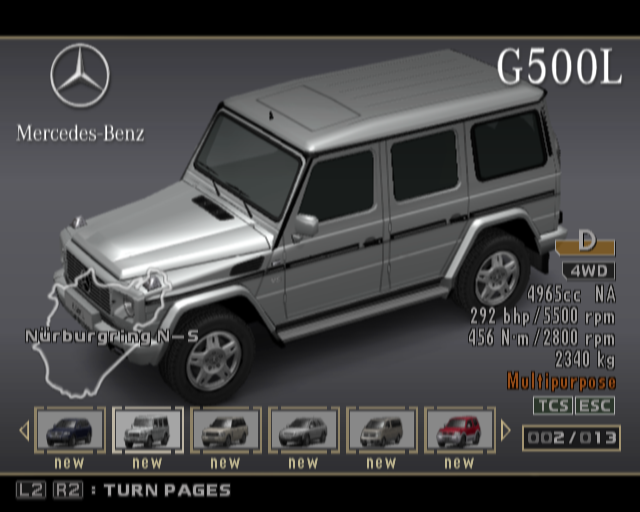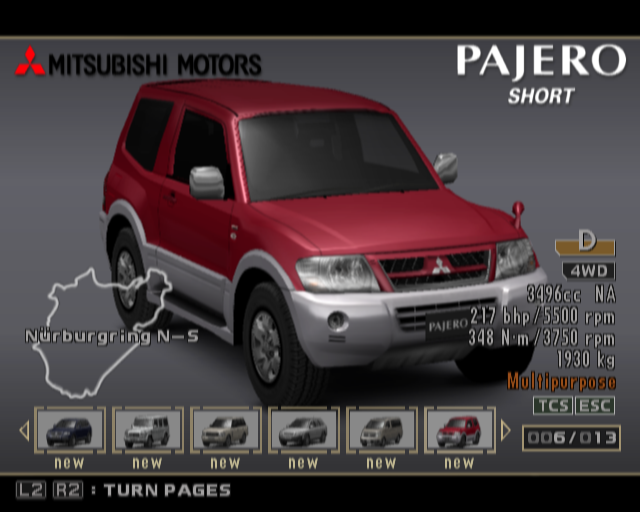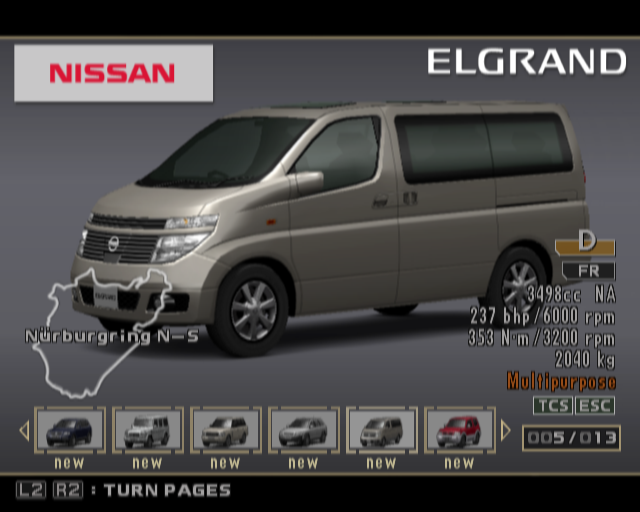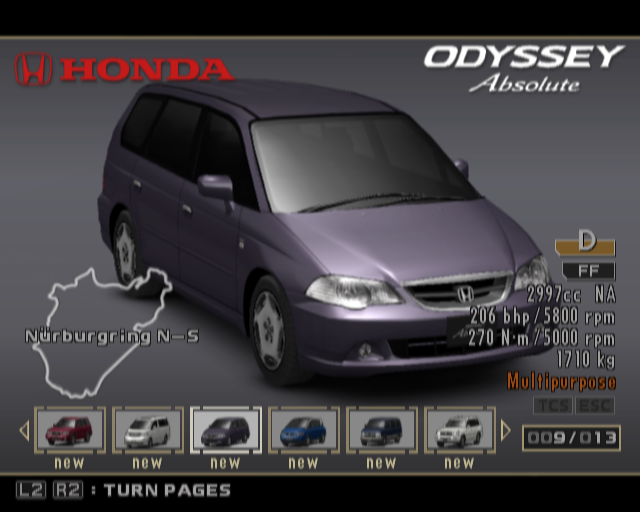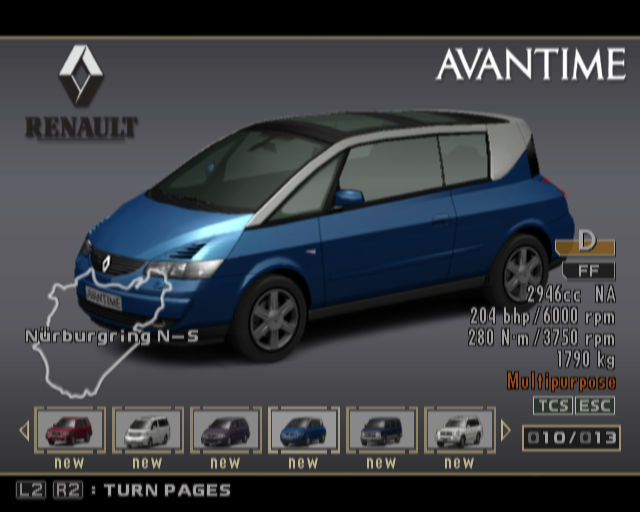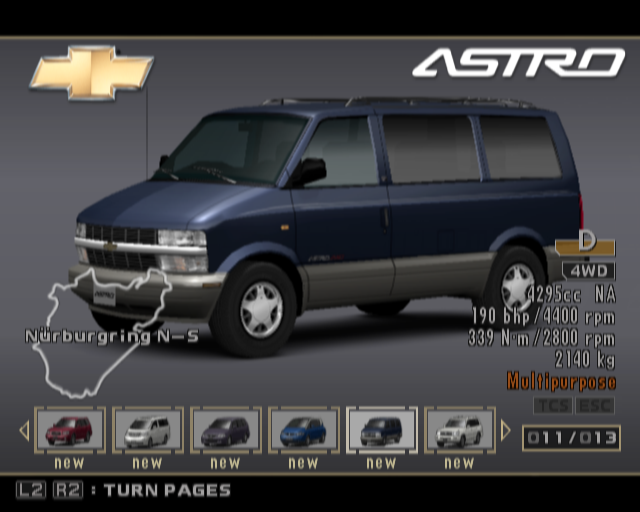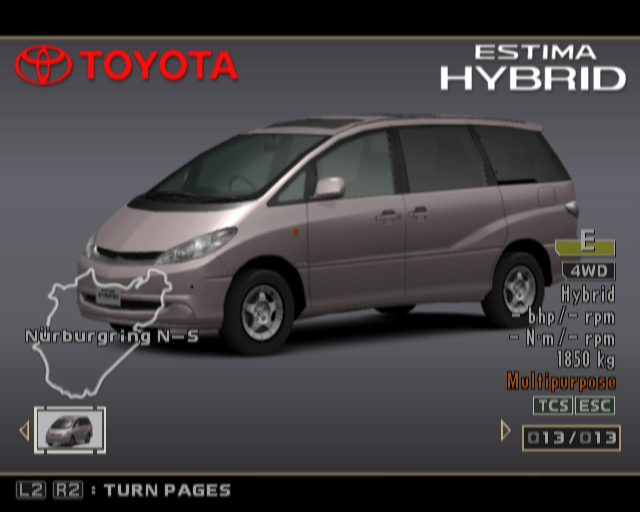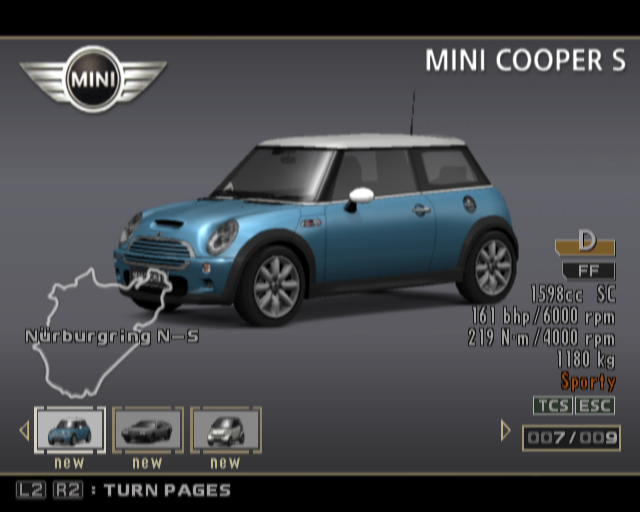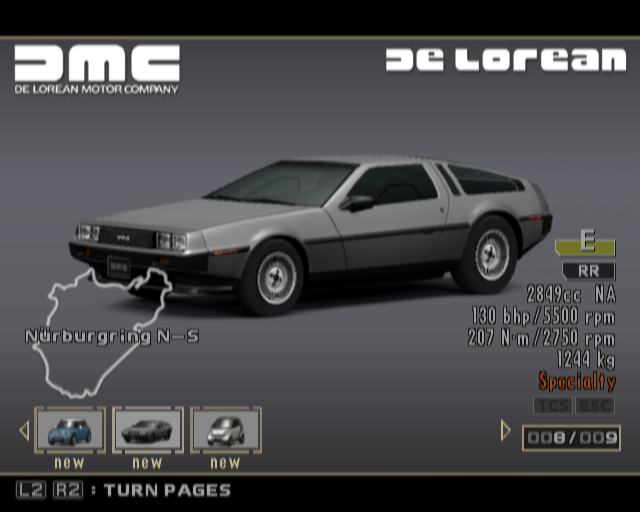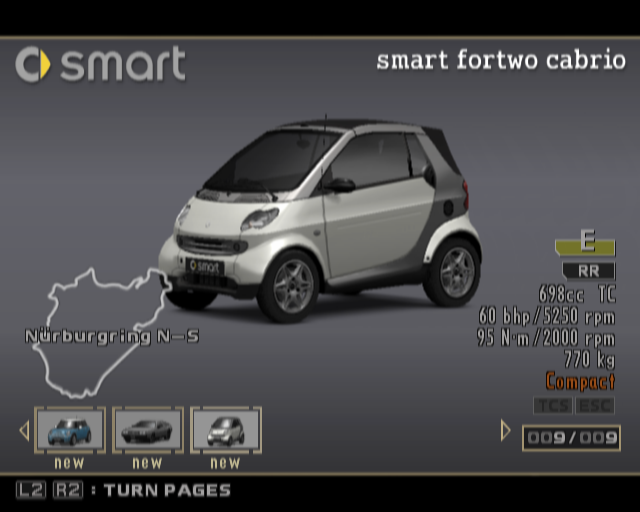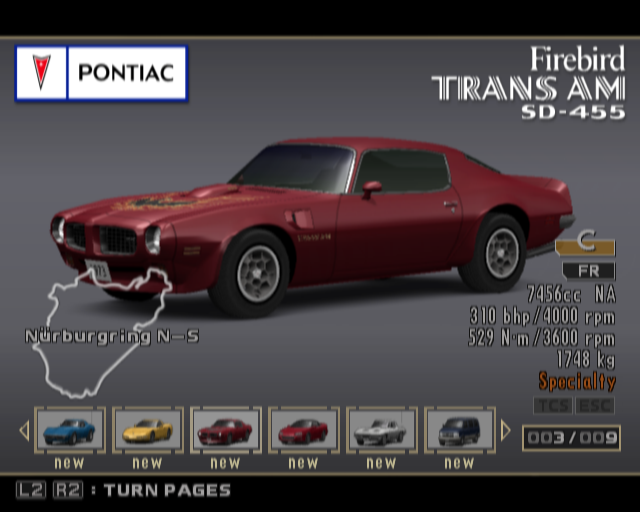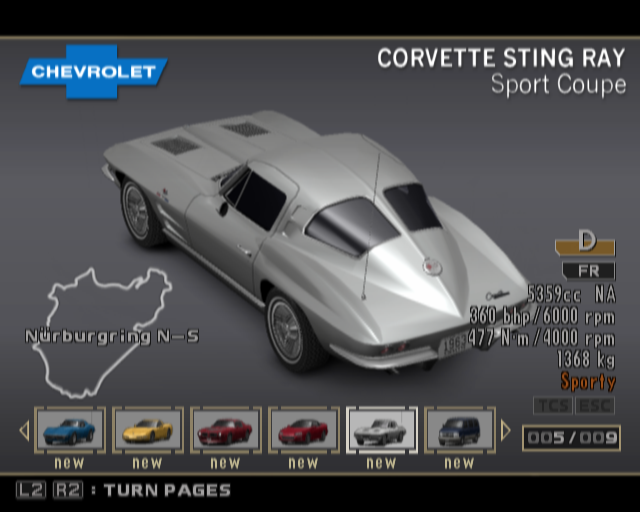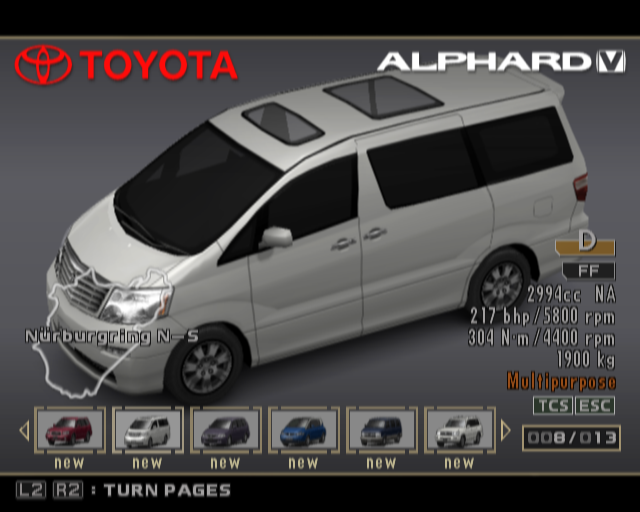I know automotive enthusiasts will hate me for saying this, but automatic transmissions are an incredibly fascinating technology. Manual transmissions these days are reserved for the track, while most of the developing world is moving to a fleet majoritarily composed of automatics.
These days, even enthusiasts will admit that automatics are more efficient, shift faster and easier to drive than a stick shift. However, no one will disagree that a standard is much more fun and engaging.
How Automatics Work
To over-simplify things a little, transmissions exist due to the limitations in a combustion engine. It has a several narrow RPM ranges where it either produces the most power, the most torque or is the most efficient. The different gears in a transmission allow the engine to operate at the speed ideal for the driving condition while staying within those narrow RPM ranges. For a more complete and accurate explanation, please see this section on Wikipedia.
The part that I always found the most interesting about automatic transmissions was the shifting schedule. In other words, at what car speed to shift the gear up or down. The algorithm didn't seem simply arbitrary or simple and before I could drive, I did not have a way to experiment in computer games to figure out this logic.
Most driving games don't actually implement a true automatic. Rather, cars are all equipped with a manual transmission and the 'automatic' mode is actually a driver assist. The logic behind is simple, when the engine is near redline, it shifts up. When slowing down, downshifts occur at the maximum possible engine speed without exceeding the redline on the previous gear. However, this logic does not resemble at all what happens in a true automatic in real life.
After getting my license, I was excited to finally experience this shifting logic for myself. I was very surprised at how intelligently designed the system was, and how it adapted to driving conditions.
How Automatics Behave
The main concept of an automatic revolves around this: the harder you press the throttle, the later it shifts up. When driving slowly in a city for example, you need little power from the engine to accelerate. Therefore, it does not make sense to use the engine's entire RPM range in the first few gears to get up to speed, as running an engine faster is less fuel efficient. Rather, shifting early in the RPM range will maximize efficiency.
Automatic cars attempt to run at the highest gear to allow the engine to run in the most efficient range. However, higher gears provide poor acceleration when in a low RPM.
If the throttle is fully depressed, the car will shift in a way to make use of the entire RPM range of the engine up to the redline, this is the maximize performance and prevent lugging that would occur in a higher gear.
The other component is kickdown when depressing the throttle. At first, the car is at cruising certain speed and a higher gear will be engaged for fuel economy. However, if the throttle is depressed harder, the transmission will command a down shift, or several, to hit an RPM range suited for better performance.
Current automatics have become very advanced and take a multitude of factors into consideration to decide when to shift. Grade shift logic for example will adjust gear selection based on hill grade to help with acceleration on a steep incline or provide engine braking when going downhill.
Each manufacturer implements their own unique algorithms and systems though the above concepts generally remain the same.
Automatics in Games
I had great difficulty finding games that simulated automatics correctly. In fact, out of the hundreds of driving games I've tried, only three simulated them in road cars.
Admittedly, this is not an important aspect in racing, as most track cars use manual transmissions for better control. However, many of these games include road cars available to the general public and I found it odd that this kind of detail was missing.
I will analyse each game and demonstrate how it handles and simulates this kind of transmission. We'll be comparing them to the most common type of automatic transmission, the torque converter-based one.
The Test
A test was devised that will demonstrate each game's capability at simulating the behaviour of an automatic transmission. It only aims to show the basic behaviours of the shifting schedule of an automatic.
- First, the car will be driven slowly at city driving speeds. We expect the transmission to perform early shifts for fuel economy.
- Once reaching 70 km/h, the throttle will be fully depressed. This should initiate a kickdown, where the transmission selects the lowest possible gear for maximum acceleration.
- While accelerating, the car should only upshift at maximum RPM to maximize acceleration
- At 120km/h, the throttle will be fully released. At this point, the car will upshift to the highest possible gear for fuel economy. This is the cruising stage.
Other behaviours will be noted which are typical of torque converter-based automatic transmissions:
Slipping on acceleration due to torque converter and resulting torque multiplication.
Creeping forward when in drive with brake released.
Smooth and sluggish shifting between gears with no jerking movements between shifts.
Each test will be shown in a short video demonstrating the capabilities of each games.
Live for Speed
Live for Speed is racing simulation with physics accuracy that can be most admired by a perfectionist. Car handling feels so right and the feel for reaching the car's limit of grip is spectacular. Despite showing it's age now, few racing simulations come close to having the accurate driving feel of Live for Speed.
As a sim for purist racing fans, Live for Speed does not simulate automatic transmissions at all. Rather, the 'automatic' mode is a driving aid, that shifts for you in a way ideal for maximum performance rather than fuel efficiency. I'm including this game to show what a failing test would look like.
Let's cruise along with the Hatchback XF GTI on the track and drive it through our test:



